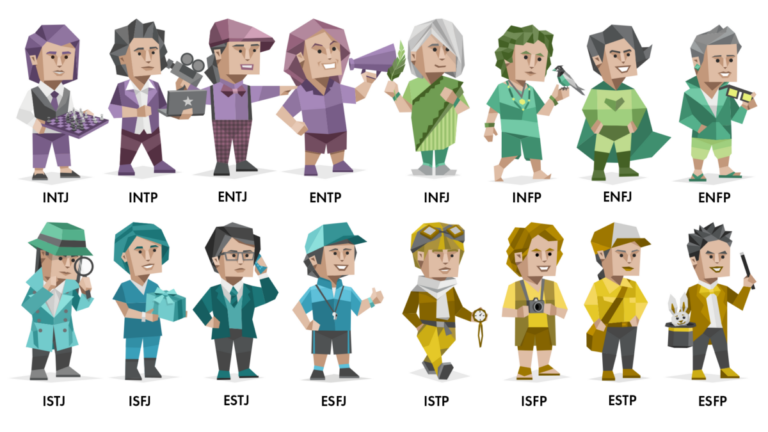Rorschach test is one of the most famous tests for diagnosing the deep layers of personality. Rorschach spots belong to the group of projective techniques.
Projective methods arose at the beginning of the 20th century. The emergence of projective techniques emphasizes the importance of needs, conflicts, the style of organization that characterizes each person. They have retained their importance in clinical practice.
The Rorschach test is very difficult and requires several months of training to apply, as well as some prior knowledge and then experience in application and interpretation in order to be used properly. It is often used to distinguish between psychotic and non-psychotic states. The Rorschach test is so common precisely because of its objectivity in assessing others. This is one of the most reliable methods of studying the best traits of a person’s personality.
The Rorschach Personality Test was developed by psychiatrist Herman Rorschach in the early twentieth century. Herman was inspired by the fact that the visual perception of different people is different, that each person sees differently and ascribes a certain meaning to certain things. It all started with the fact that our senses are interconnected and that we use them to give meaning to the world around us.

When he began his career in a psychiatric institution, he began the process of creating, now symbolic, cards with different dots. It is assumed that the cards were created by Hermann Rorschach with ink in the middle of a sheet of paper, then the paper was folded in half and two symmetrical figures turned out. Thus, he received spots, each of which is unique in shape, color and shade. After that, testing began on a sample of healthy and mentally ill people. He approached everyone with the same question: “What do you see in this picture?”. In interpreting the responses, Rorschach was more concerned with how the respondent approached the painting and how they interpreted the spots than what particular item the respondents saw. Also, what part of the image did they focus on and what part of the image did they ignore, did the image move, did the color of the image help them interpret, how did they react emotionally to any of the images.
The Swiss psychiatrist then developed a data coding system to quantify the data and objectively measure various manifestations of personality. Early in the development of the coding system, he singled out the most common types: creative, imaginative, detail-oriented, those who see the big picture, and flexible people who easily adjust their approach to observing the image. There were different answers, some were easy to interpret and some were harder.
In 1921, Rorschach identified ten maps that he considered the most reliable measures and the most subtle individual differences between people. Also in the same year, he finally announced the coding system. Unfortunately, a year after the publication of the coding system, Hermann Rorschach died. After his death, the Rorschach personality test began to be used for various purposes, based on assumptions and various conjectures in interpretation. Anthropologists gave the test to different ethnic groups to find universality for each, and employers also made decisions in the professional selection of candidates based on the results obtained on the Rorschach test. Thus, the Rorschach test “left” psychiatric institutions, and since it was used for various purposes, its validity began to be questioned.
After Rorschach’s death, Samuel Beck and Bruno Klopfer tried to improve the coding system. John E. Exner combined all these systems into one, and his system is still used today, mainly in America.
In 2013, the Rorschach personality test was again published in multiple copies, where it was concluded that, with adequate training and adequate interpretation and coding of respondents’ answers, the test gives reliable results. With this method, we can diagnose mental illness or simply better understand how a person works and describe his psychological portrait.
Not a single test, including the Rorschach test, is used as a special technique, but in combination with other methods, psychological profile results are obtained. The Rorschach test gives a more concrete idea of how and in what way a person perceives the world around him and what meaning he attaches to it.














